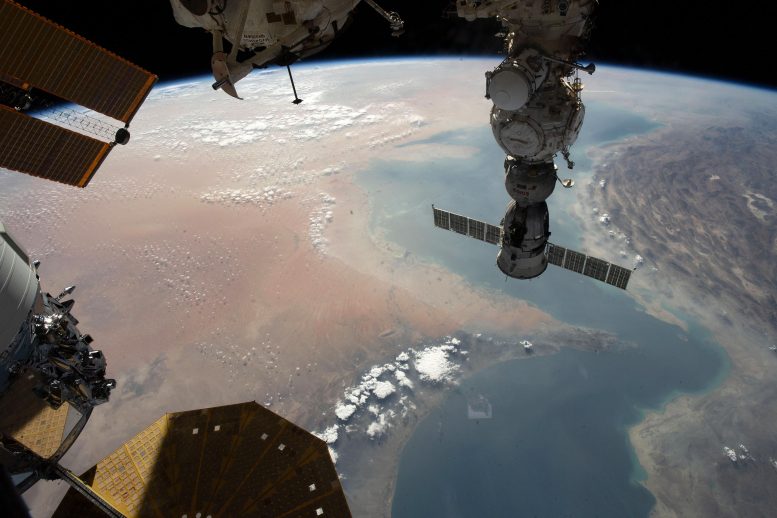
The Strait of Hormuz connects the Gulf of Oman with the Persian Gulf in this photograph from the International Space Station as it orbited 262 miles above on August 14, 2023. In the right foreground, is the Soyuz MS-23 crew ship docked to the Prichal docking module. At bottom left, is a portion of the Northrop Grumman Cygnus space freighter and one of its cymbal-shaped UltraFlex solar arrays.
Exercise, physics, and robotics were the main science objectives aboard the International Space Station (ISS) on Wednesday, August 16. The Expedition 69 crew also expanded the orbital lab’s stowage volume while it waits for upcoming cargo and crew missions.
Microgravity conditions in space necessitate that crew members exercise daily for about two hours. This helps maintain muscle and bone health. Medical experts constantly assess the efficacy of these space exercises, ensuring astronauts remain fit in microgravity and are conditioned for Earth’s gravitational pull upon return.
NASA astronauts Stephen Bowen and Woody Hoburg started their day by cycling on the station’s exercise equipment. While they pedaled, they were connected to sensors and donned breathing masks. Ground support teams observed these flight engineers, gauging their aerobic capacity since they’ve been living in space since March 2.
Storage Expansions and Space Manufacturing
Bowen then collaborated with NASA Flight Engineer Frank Rubio to finalize the setup of an overhead storage platform within the Quest airlock. Rubio concluded this task by installing an oxygen recharge tank, facilitating oxygen transfers to Quest. This new platform has enhanced the equipment storage capacity within the airlock. Earlier, Rubio swapped graphene aerogel samples situated within the Microgravity Science Glovebox, contributing to a study on space manufacturing.
Educational Activities and Robotic Helpers
Astronaut Sultan Alneyadi of the UAE (United Arab Emirates) dedicated his day to educational pursuits aboard the space station. Alneyadi began by calibrating the free-roaming Astrobee robotic assistant, preparing it for students on Earth to test their software coding capabilities on this compact device. This first-time space voyager then filmed straightforward microgravity physics demonstrations, aiming for junior high school students and educators on Earth to view.
Preparing for Earth’s Gravity and Maintenance Duties
Roscosmos cosmonauts Sergey Prokopyev and Andrey Fedyaev tested a specialized suit during the morning, designed to aid in readjusting to Earth’s gravitational pull. The lower body negative pressure suit is worn several weeks before a crew member returns to Earth and redistributes fluids that have pooled in the upper body towards the lower extremities. Afterward, Prokopyev activated a 3D printer and then photographed the Earth below. Fedyaev tested future piloting and robotic techniques and then worked on ventilation maintenance in the Zvezda service module.
Roscosmos Flight Engineer Dmitri Petelin initiated the Zvezda ventilation maintenance earlier in the day. He subsequently engaged in various maintenance tasks, encompassing life support functions and orbital plumbing.
Upcoming Cargo Missions
The Roscosmos Progress 83 cargo ship is scheduled to conclude its mission, leaving the space station on Sunday, August 20, following a six-month stay docked at Zvezda’s aft port. The Progress 85 cargo craft will take its place on August 24, launching two days prior from the Baikonur Cosmodrome.



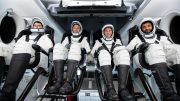
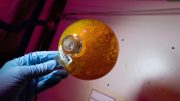
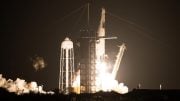
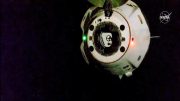
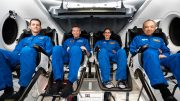
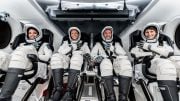
Be the first to comment on "Gearing Up in Microgravity: Exercise, Physics, and Robotic Innovations on the ISS"